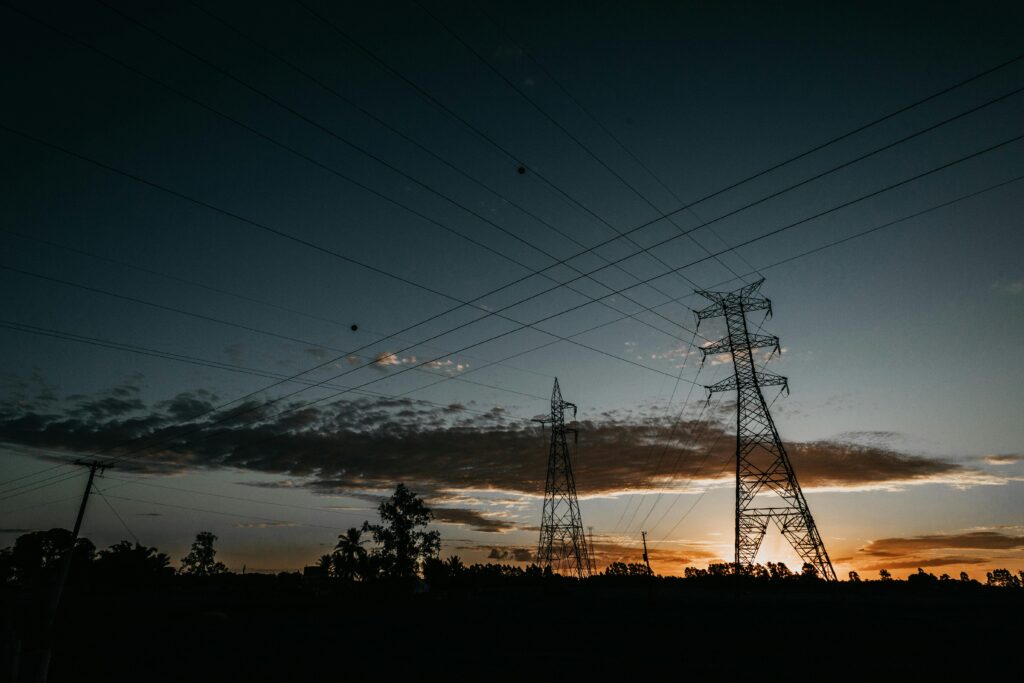
The National Association of Regulatory Utility Commissioners (NARUC) released a report this week detailing the importance of upgrading interregional electricity infrastructure to support burgeoning loads. Collaborative Enhancements to Unlock Interregional Transmission, produced in partnership with Energy Environmental Economics Inc (E3), provides an assessment and solutions to the ongoing challenges faced by regulators and other energy stakeholders.
Key Takeaways
- Projected load growth has skyrocketed recently due to increased electrification and targets, industrial development, and data center demand.
- Fossil-fuel plants are aging, uneconomical, and antithetical to meeting federal and state carbon reduction targets; many electricity companies are planning for facility retirement.
- Current grid infrastructure cannot handle expected demand; public utilities commissions must be proactive in their planning to ensure customers everywhere have reliable, continued access to electricity.
- NARUC’s report provides flexible, scalable solutions to the aforementioned challenges that can be adapted across varying regions and levels of government, such as:
- Streamlining transmission planning
- Strengthening state permitting processes for transmission
- Optimizing electricity delivery frameworks
“‘Robust regional and interregional transmission planning is critical to providing affordable and reliable energy for communities across the country.'”
Director of the U.S. Department of Energy Grid Deployment Office, Maria Robinson
NARUC hopes that its efforts, in collaboration with the U.S. Department of Energy Grid Deployment Office and other stakeholders, will spur conversation and action in policymaking and industrial development. Improving interregional transmission infrastructure is imperative, and it must be a well-coordinated group effort.

Recent Comments